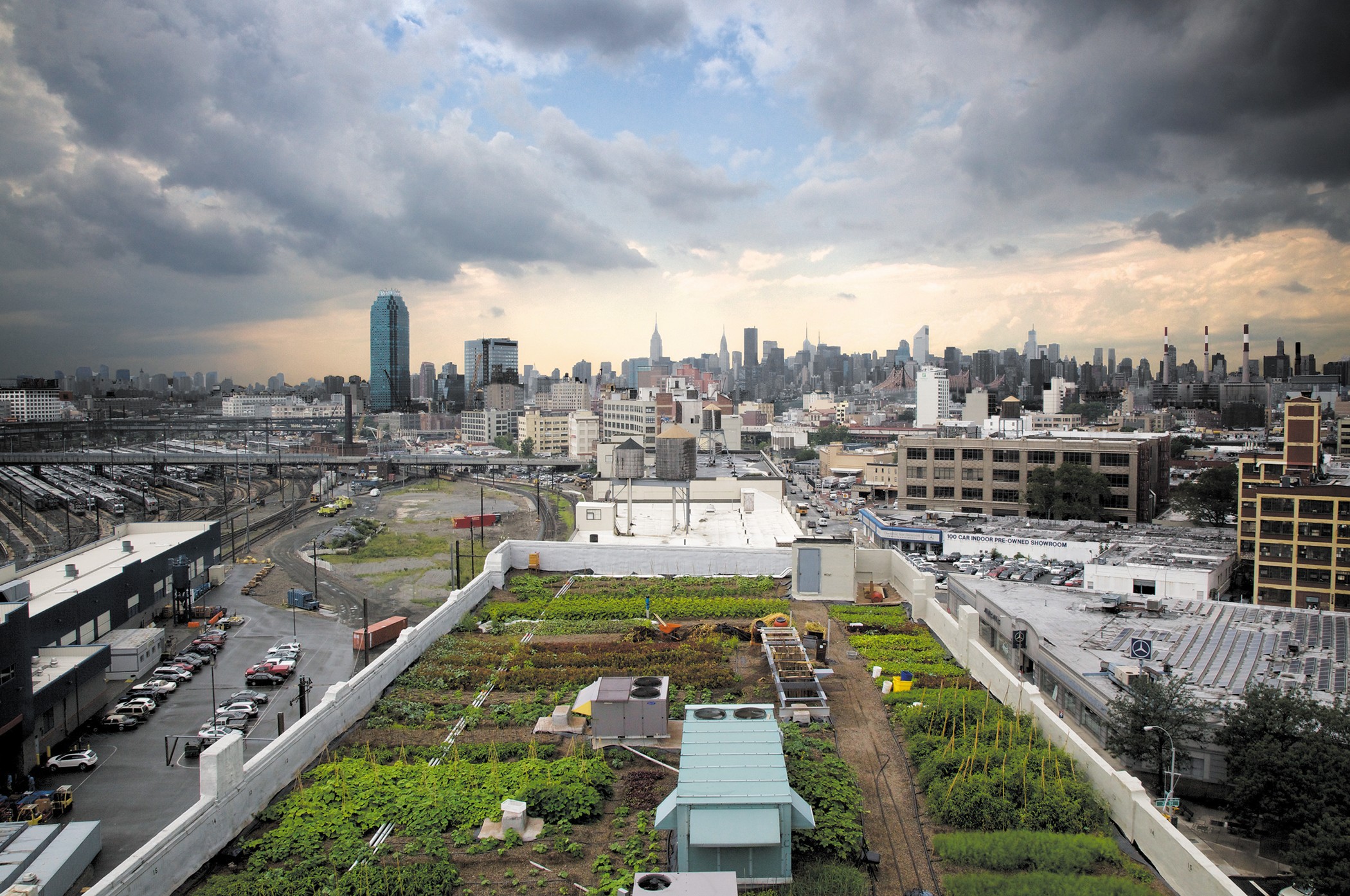The 8-Second Trick For City Blooming
The 8-Second Trick For City Blooming
Blog Article
Everything about City Blooming
Table of ContentsThings about City BloomingIndicators on City Blooming You Need To KnowGet This Report on City BloomingSome Of City BloomingCity Blooming Fundamentals Explained
Interested in growing food to buy in the City of Chicago? Thinking of beginning a neighborhood yard? Modifications to the Chicago Zoning Regulation allow farming usages like neighborhood gardens and urban ranches in lots of parts of the city. Below is a listing of regularly asked concerns pertaining to the rules and laws that farmers should consider when planning a city farming project.
The zoning change does not modify any type of various other codes handling composting, structure authorizations, purchasing or leasing City possessed property, business licenses or environmental contamination. There are existing codes that regulate these concerns and they remain completely impact and might apply to your project. Community yards are commonly owned or taken care of by public entities, public organizations or community-based organizations and kept by volunteers.
Urban ranches grow food that is intended to be marketed, either on a nonprofit or for-profit basis. Due to their business objective, city ranches call for a business permit. Yes. A neighborhood yard is allowed to market excess create that was grown on site if the sales are accessory or subservient to the garden's key purpose described above.
The smart Trick of City Blooming That Nobody is Talking About
The quantity of compost product can not surpass 25 cubic backyards at any offered time according to the standards in 7-28-715 of the City's Municipal Code. Due to the fact that the soil at a lot of brand-new yard websites needs modifying, garden compost, dirt, timber chips, or other products can be gotten to construct or improve the growing space.

If a structure authorization is needed after that the hoophouse will certainly be thought about an accessory building. You can learn even more about the structure license demands by contacting the Division of Buildings. The 25,000-square-foot size restriction is meant to stop a single community garden from controling an offered block or interfering with the block's existing household or business personality.
The limitation does not apply to yards found in Public Open Area (POS) districts. Can there be greater than one area yard that is 25,000 square feet on a solitary block? Yes. The size restriction puts on private gardens, not to individual blocks. No. Fencing is not required, nevertheless, gardens that have big parking lot might be required to mount fencing or other landscaping functions.
City Blooming for Beginners
B1 & B2 districts require that all commercial use tasks be performed indoors. R areas restrict commercial task. The laws show the objective and intent of the Zoning Code. Is secure fencing needed for metropolitan ranches? Yes. Fences may be called for, along with landscaping and testing, for sure auto parking locations and exterior work or storage space areas depending upon area and the particular activity taking area.
Urban ranches call for building permits and zoning authorizations prior to building (fruit and vegtables). Various other types of city evaluation might be needed depending on specific structures, activities, size, landscaping, licensing, public health and stormwater monitoring issues.
Yes. The kind special info of license is determined by what is happening at the website. The Division of Organization Matters and Customer Security can help identify the particular kind of organization permit that's needed. Yes. Off road vehicle parking is needed for many industrial tasks in Chicago. The called for number of garage is based on the variety of staff members servicing site and not the square video footage of the expanding space.
Facts About City Blooming Uncovered

A metropolitan ranch can market garden compost product generated on site, nonetheless, the procedure must comply with the policies in 7-28-715 of the Chicago Municipal Code. Aquaponic systems are permitted indoors on metropolitan farms in several zoning districts.
Up to 5 hives or swarms of honey bees might be maintained as an accessory use. Beekeepers have to register with the Illinois Department of Farming. To learn more about the proposed zoning amendment you might speak to the Division of Real Estate and Economic Advancement, Bureau of Planning and Zoning at 312.744.8563.
Farming in cities and urban locations An urban ranch in Chicago. Urban farming refers to various methods of growing. http://peterjackson.mee.nu/where_i_work#c2252, handling, and dispersing food in metropolitan areas. The term likewise uses to the location tasks of animal husbandry, aquaculture, beekeeping, and horticulture in a city context. Urban agriculture is distinguished from peri-urban farming, which takes area in backwoods beside residential areas.
The Greatest Guide To City Blooming
, who look for to develop social networks founded on a common values of nature and neighborhood holism. These networks can develop by means of formal institutional support, ending up being incorporated into neighborhood community planning as a "transition town" activity for lasting metropolitan advancement.
Some of the initial evidence of city farming comes from Mesopotamia.
Report this page